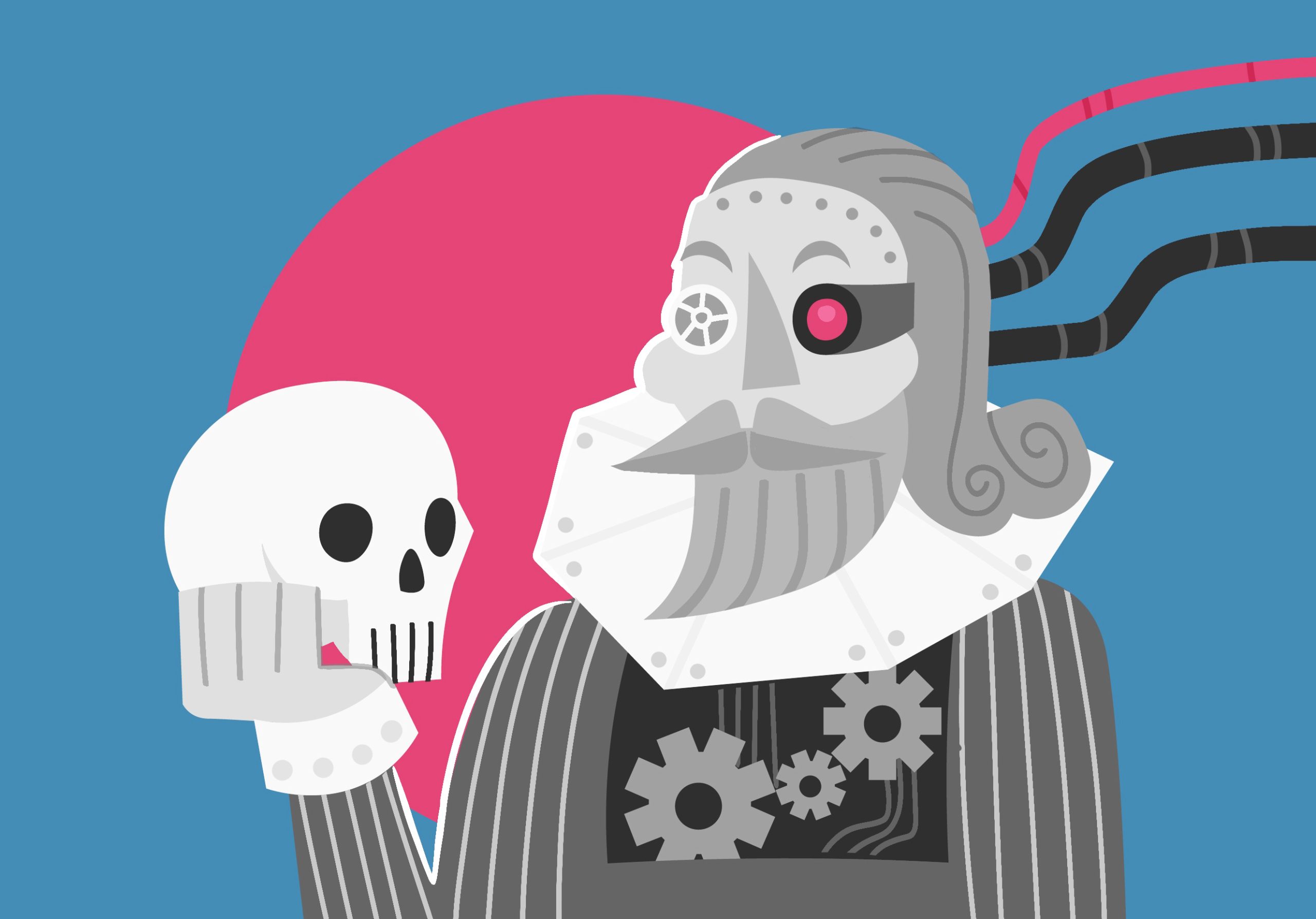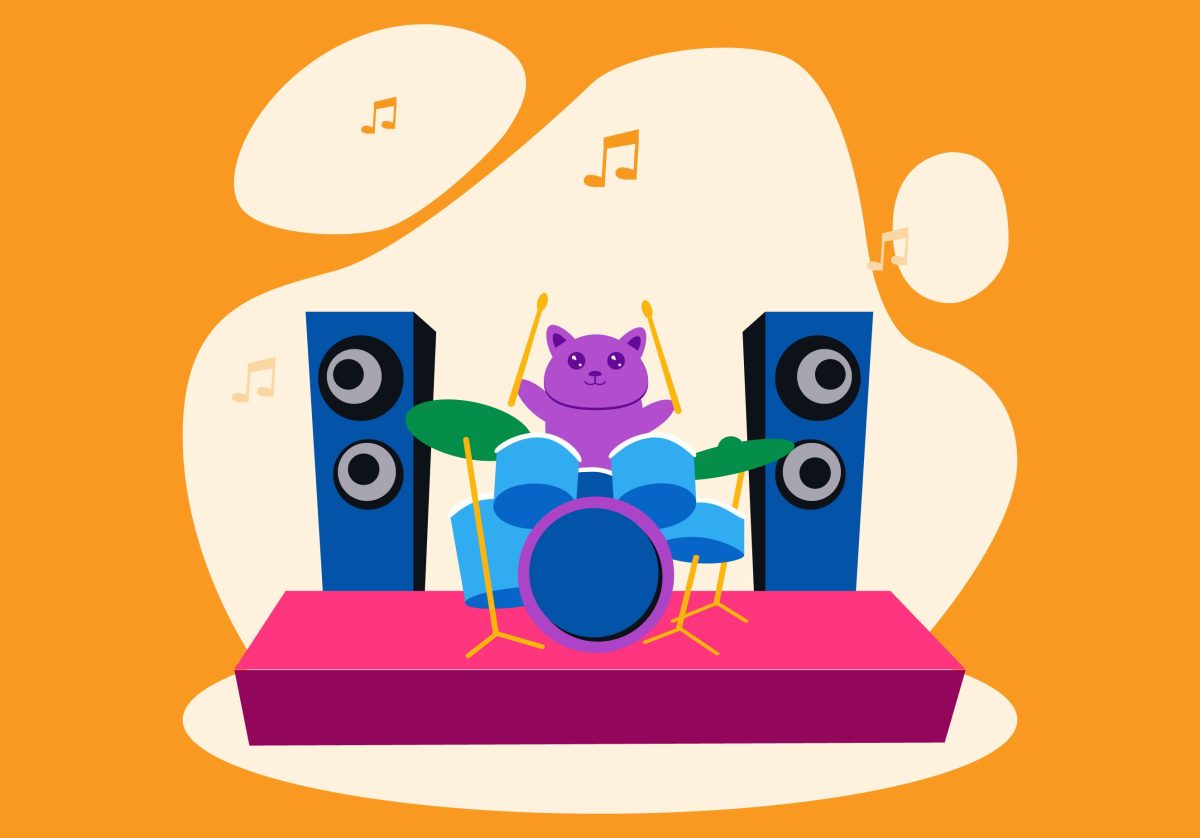Finally there’s a poet to express the less-than-timeless tribulations of the soccer mom. Princeton professor, “New Yorker” poetry editor and garage-band lyricist Paul Muldoon has learned the subtle art of inflating virtually anything with poetry. “The time of day when light fails on the field/ and gives back a sky more muddy than mother-of-pearl,” is just one line from the short ode to the Gatorade-toting masters of the minivan. Apparently, rhyming “soccer ball” with “shopping mall” is for amateurs.
Author: Paul Muldoon
Publisher: Farrar, Strauss, Giroux
Pages: 106
Price: $13
With more than two dozen poetry compilations, two children’s books, and a few translations on his résumé, the Irish-born Muldoon has received the Pulitzer Prize for poetry, and nabbed himself a mantle-full of awards. Muldoon took a break from his Thanksgiving festivities to chat with A&E about the particulars of making one’s way in the world of words.
What kinds of poems submitted to the New Yorker do you instantly throw out? In other words, what are your pet peeves when it comes to poetry?
No pet peeves. Poetry may manifest itself in any number of ways. One needs to be open to pretty much everything, from Baa Baa Black Sheep to Beowulf.
I noticed that “poetry translator” was part of your skill repertoire, and I was wondering what languages you focus on, and how you went about studying them in a manner that made you able to determine and translate the nuances between languages.
I translate mainly from Irish, mainly from the work of Nuala Ni Dhomhnaill, who’s the great Irish-language poet of the era. And I translate mostly to be able to understand a poem, translation being the closest form of reading we have.
What is different about Irish poetry from American poetry?
Not in essence. The great Irish poet of the 20th century, W.B. Yeats, was very much influenced by Walt Whitman’s attempts to create a national literature. Contemporary Irish poets are interested in Robert Lowell, Elizabeth Bishop, C.K. Williams. The main differences that might have existed – in vocabulary, say – are less and less significant as Ireland becomes yet another annex of the US.
What’s the ideal length for a poem, if there can be said to be an ideal? I noticed that many of your poems are fairly short, as well as many New Yorker poems, and I was wondering if this expressed a stylistic preference.
The ideal length is the length of a piece of string, how long it has to be. And Ovid’s “Metamorphoses” is no better or worse than Pound’s “In a Station of the Metro,” though they’re poems of thousands of lines and two lines respectively.
Who is this wet suit-wearing Carlotta whose name is an anagram for “oral tact”?
She’s a complete fiction, though based on aspects of several women I’ve known.
What are your suggestions for writing about nature in a way that avoids the hackneys created by more than two millennia of nature-inspired poetry?
You remember as much of the two millennia as you possibly can, then forget as much of it as you possibly can.
On the flipside, how should modern writers deal with novel phenomena like iPods, name-brand candy, and cable TV – things that have little precedent in poetry but have emotional and nostalgic impact to writers?
Everything can, and should, be included. The motor car was once a novelty. So was the chariot.
Who is the most historically overrated poet? The most underrated?
The most overrated and underrated are sometimes the same people. Lowell was overrated in his lifetime but underrated now. Bishop was underrated in her lifetime but runs the risk of being overrated now. Fashions change dramatically. Reputations come and go.
You’re part of a “literary” band, so I’m curious as to how you regard modern music’s standards of lyrical quality.
The best contemporary songwriters are excellent. My particular favorites are Leonard Cohen and Paul Simon. Those are two remarkable writers by any standards.
Even Edgar Allen Poe’s “The Raven” is expressed substantially through its rhythmical structure, aside from its content. How do you advise your students to use rhythm to accelerate their meaning rather than distort it?
It’s best if rhythm and raven are in sync. I generally am less interested in how something sounds than what it means. Unless we’re talking about Baa Baa Black Sheep. While there’s a terrific tradition of nonsense verse, poets are generally trying to make sense. And that’s a tall order, particularly in the era of the iPod and cable TV, not to speak of brand-name candy that forces us to think again about what we mean by “Mars” and “Milky Way.” Somehow, though, I think we’ll manage.














